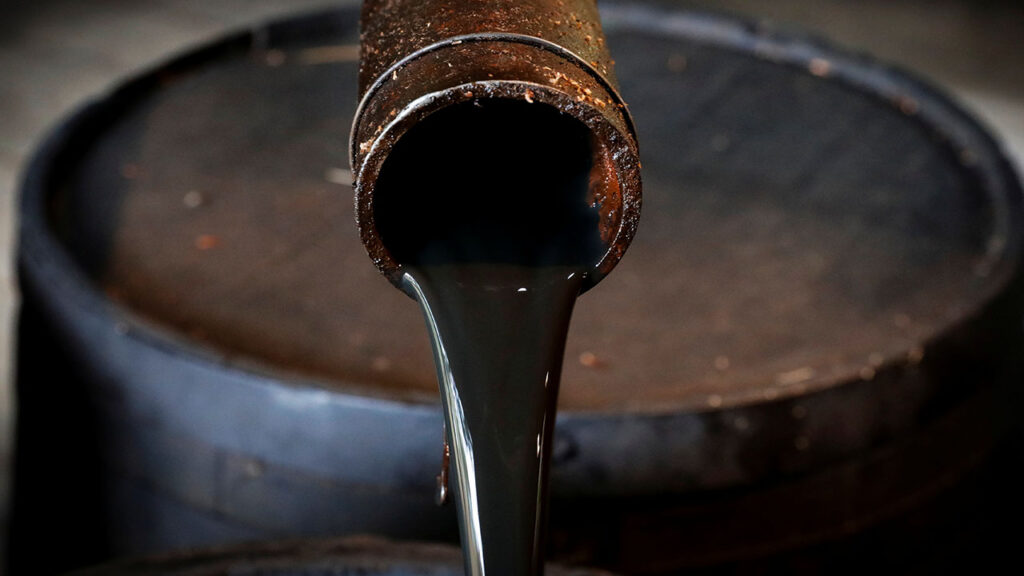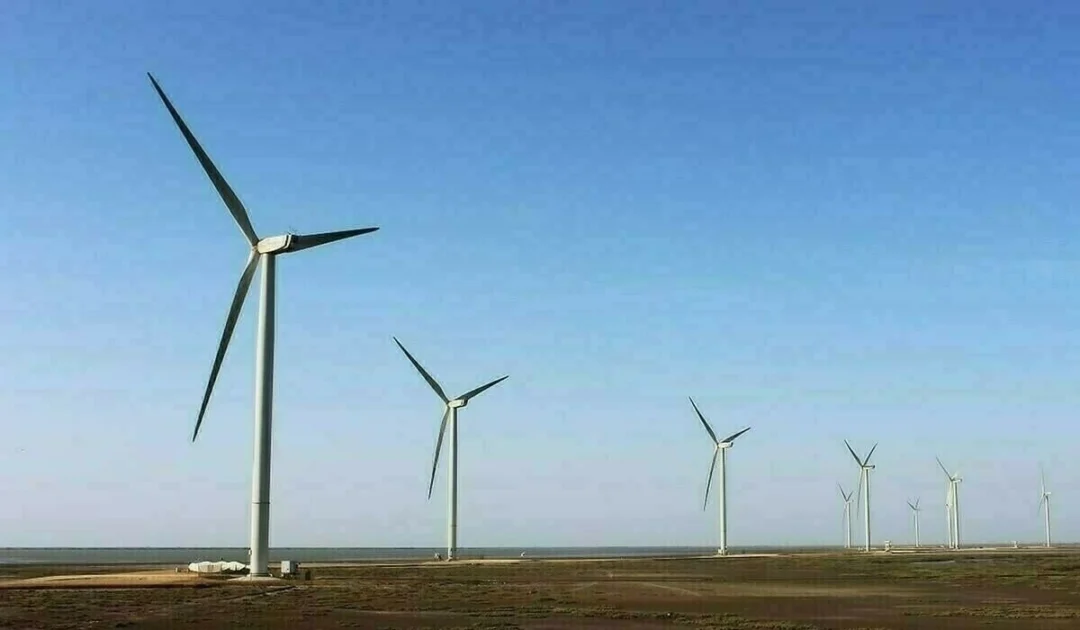- Web Desk
- 28 Minutes ago

Global oil prices extend losses
-
- Web Desk
- Feb 26, 2024

WEB DESK: In continuation of losses from the previous session, oil prices faced a downturn on Monday as the US dollar strengthened.
The market was gripped by concerns that higher-than-expected inflation might prompt a delay in cuts to high US interest rates, impacting global fuel demand growth.
Brent crude futures experienced a dip of 0.4 per cent, falling 35 cents to $81.27 a barrel by 0419 GMT.
Similarly, US West Texas Intermediate crude futures (WTI) witnessed a decline of 0.5 per cent, dropping 35 cents to $76.14 a barrel, influenced by the strengthened US dollar. The appreciation of the dollar renders oil more expensive for holders of other currencies.
This decline followed last week’s losses, with Brent slipping approximately 2 per cent and WTI experiencing a more than 3 per cent fall.
These downturns were prompted by indications that US interest rate cuts might be postponed by two months due to a surge in inflation.
The recent retreat in risk-on sentiment following the Nvidia-led market rally last week was driven by elevated expectations of higher interest rates. This, in turn, lifted the US dollar, placing pressure on commodity prices, including oil.
Since November, oil prices have been fluctuating between $70 and $90 a barrel.
This volatility is attributed to a combination of factors, such as increased supply in the US and concerns about weakened demand in China, counteracting the impact of OPEC+ supply cuts amid ongoing conflicts.
Analysts suggest that the decline in crude oil prices is due to a lack of fresh drivers. The market finds itself caught between optimistic factors, such as reduced OPEC output and heightened geopolitical risks, and pessimistic concerns regarding subdued demand in China.
The geopolitical risk premium from attacks by Yemeni Houthis on ships in the Red Sea remains relatively modest, providing only a $2-a-barrel boost to Brent, as noted by analysts at Goldman Sachs.
Despite this, the bank has adjusted its summer peak price to $87 a barrel, up from $85, citing disruptions in the Red Sea that led to larger-than-expected draws in stocks held by OECD member countries.
Goldman Sachs maintains an expectation of oil demand growing by 1.5 million barrels per day (bpd) in 2024. However, they have revised down China’s forecast while increasing those for the US and India.
In the US, analysts anticipate a potential decline in oil stockpiles in the coming weeks as refineries return from maintenance, providing some support to prices.
The delicate balance between various factors continues to shape the outlook for oil prices in the near term.
Read next:Pakistani banks see 21% increase in overall deposits






